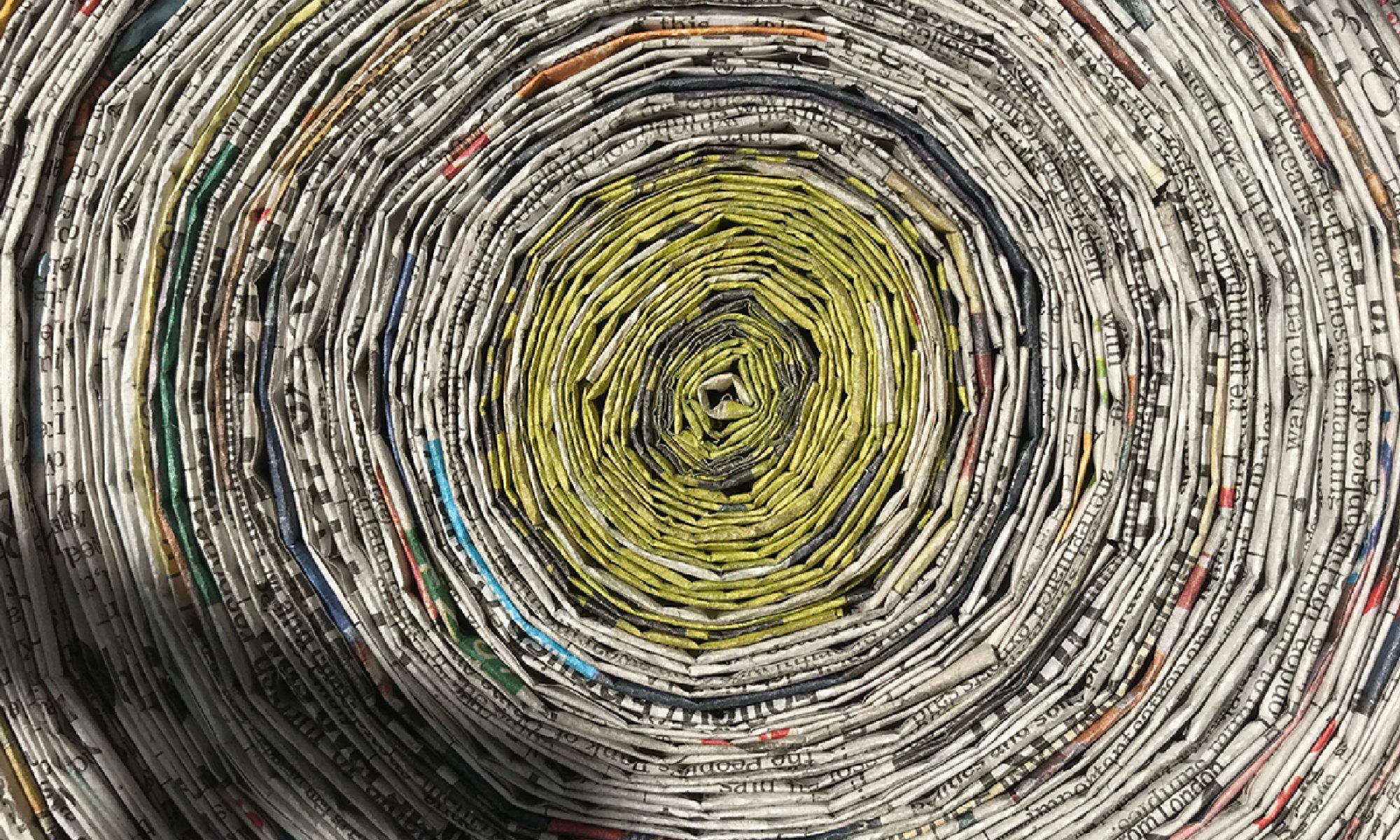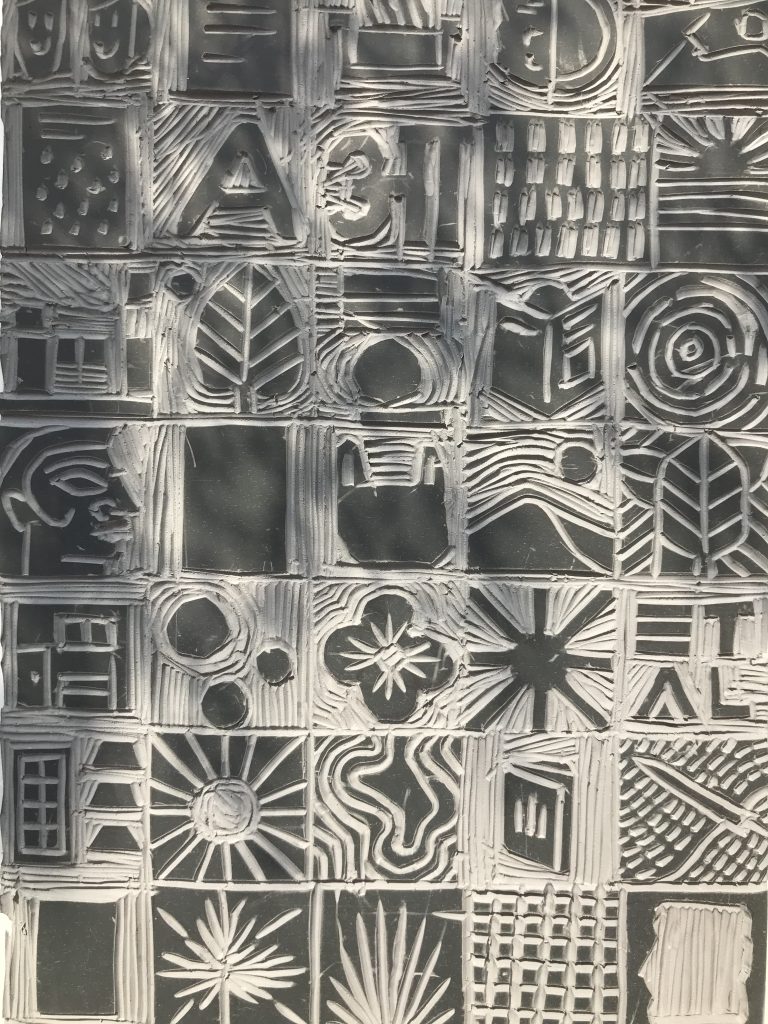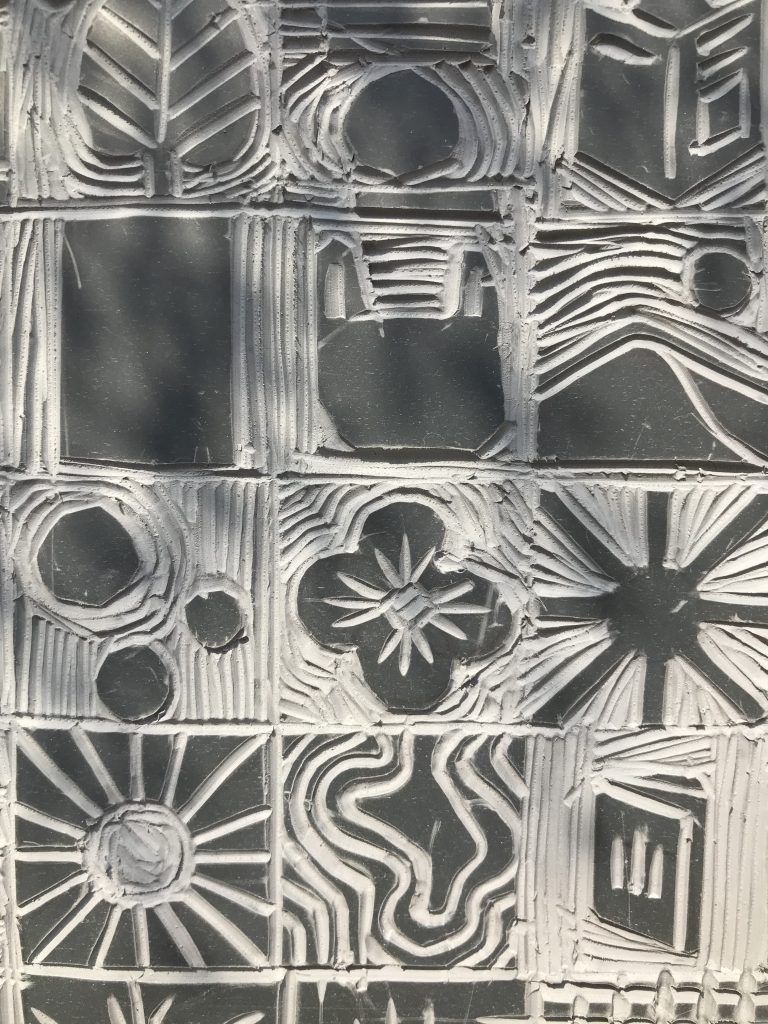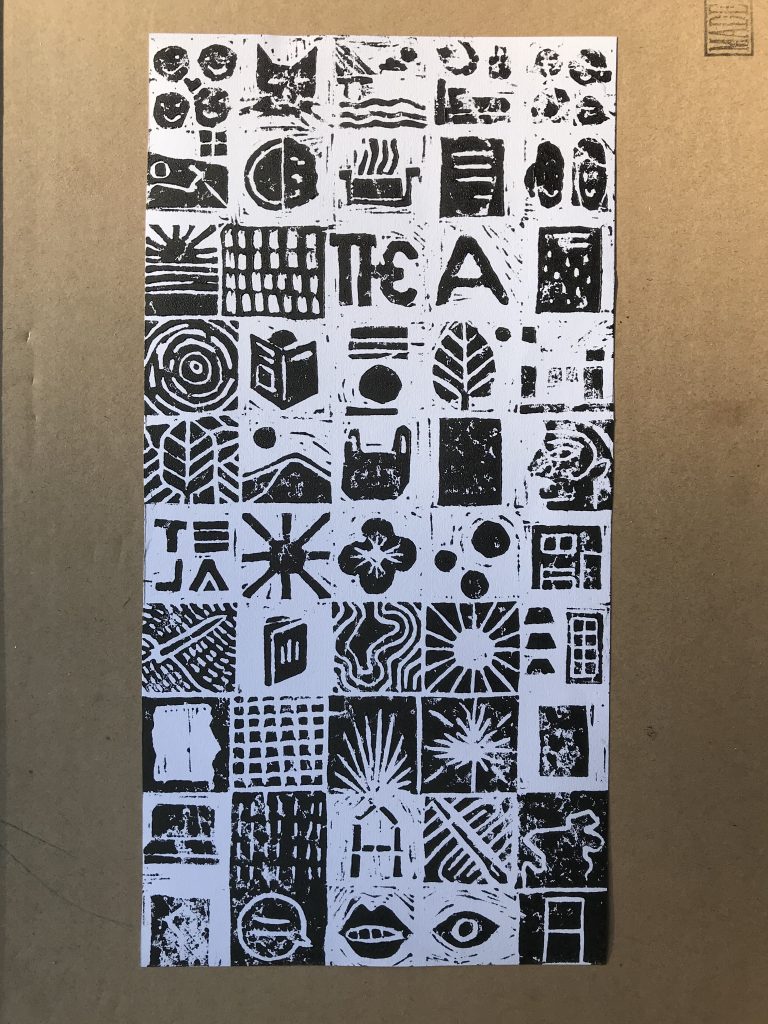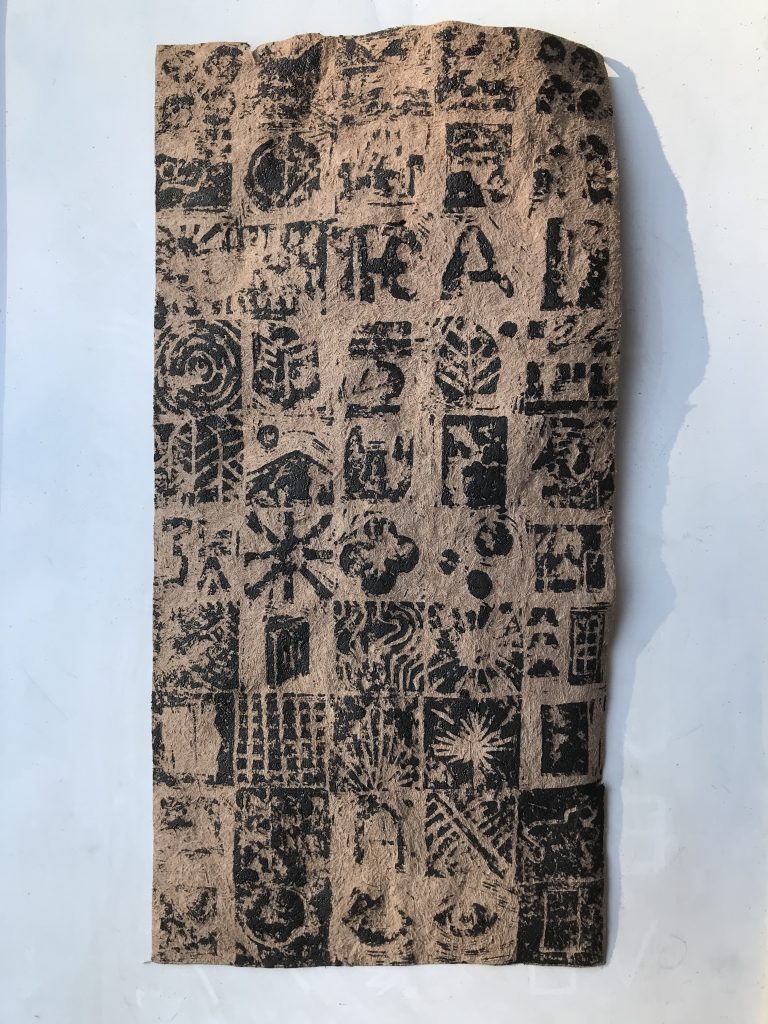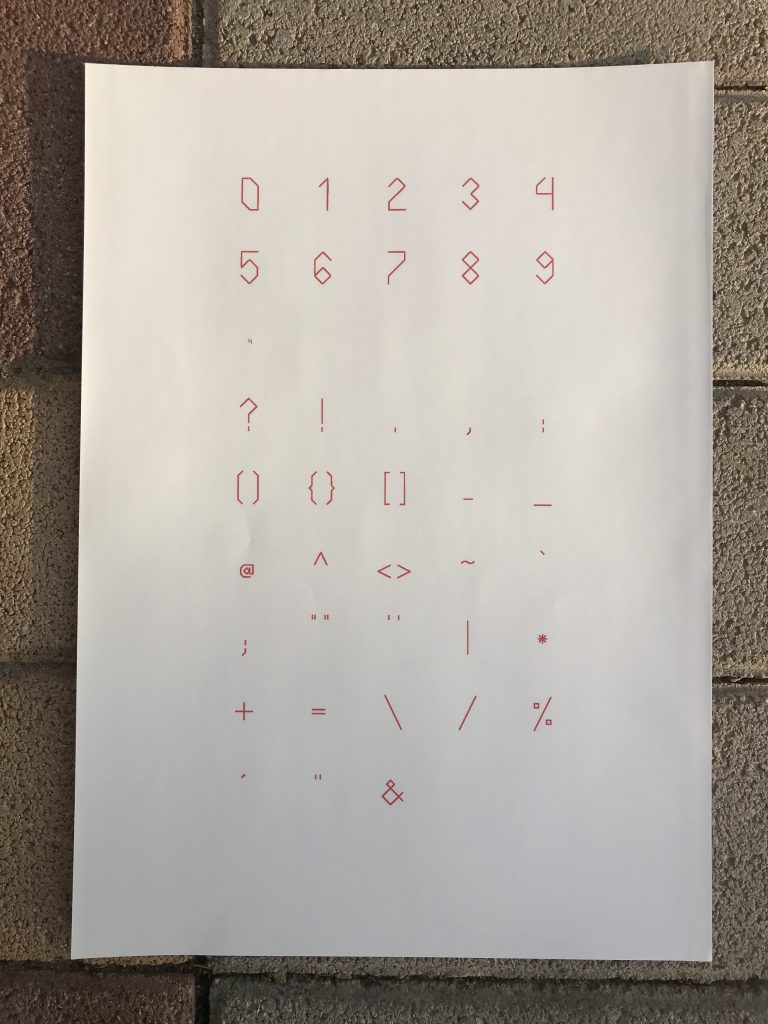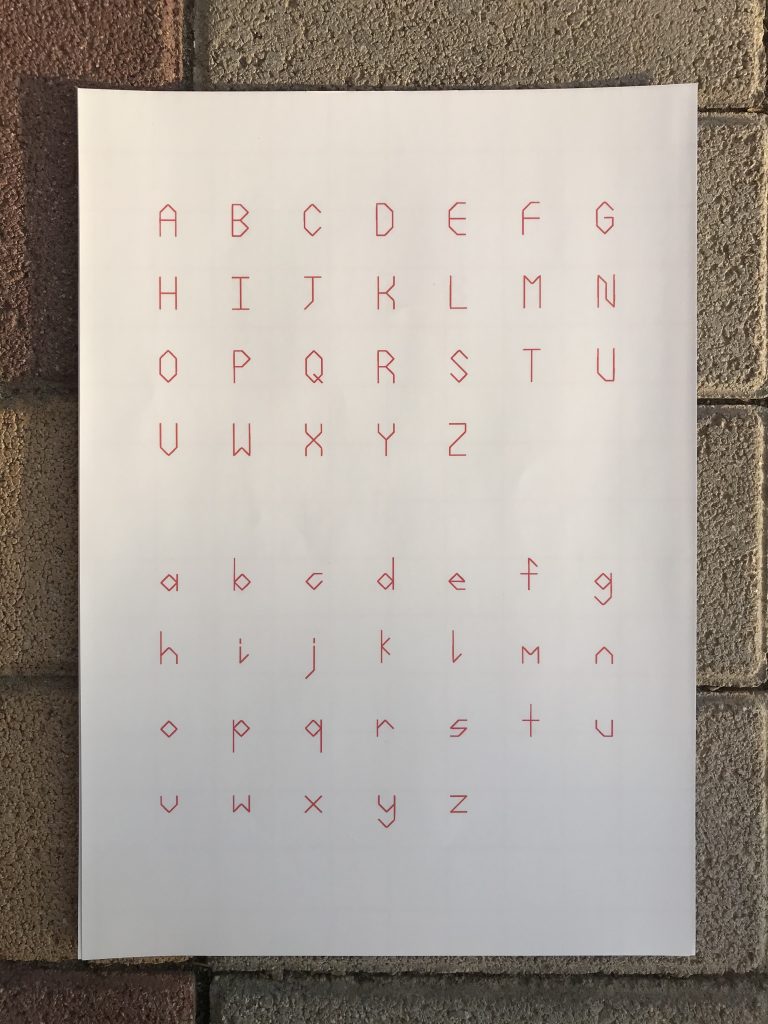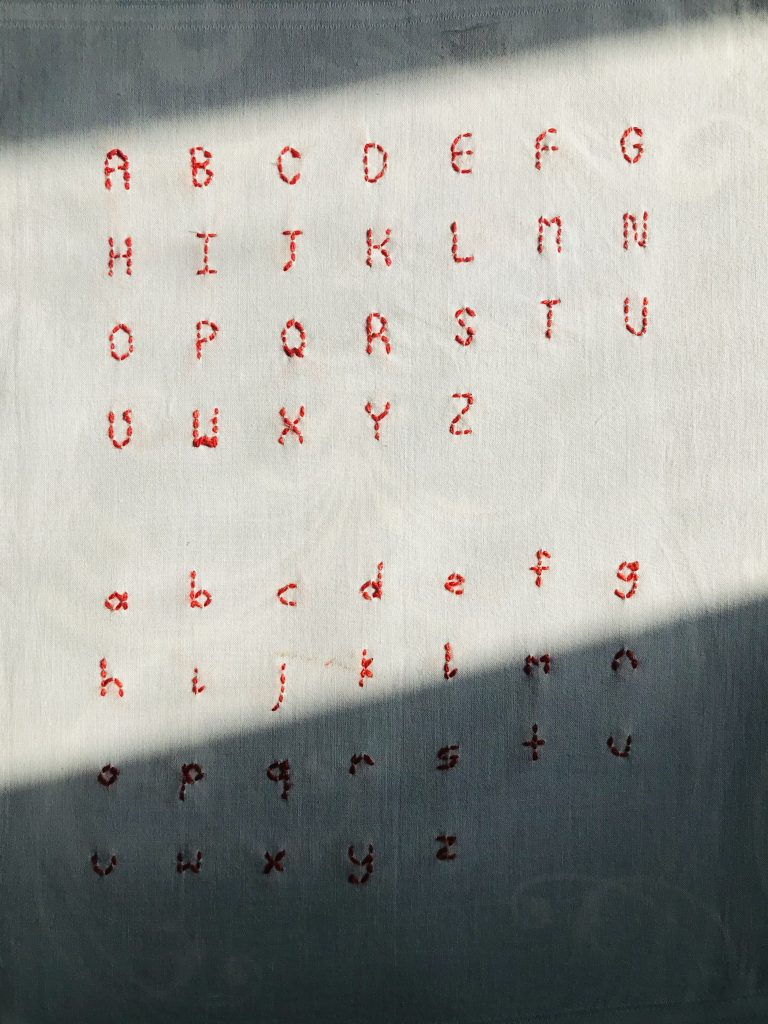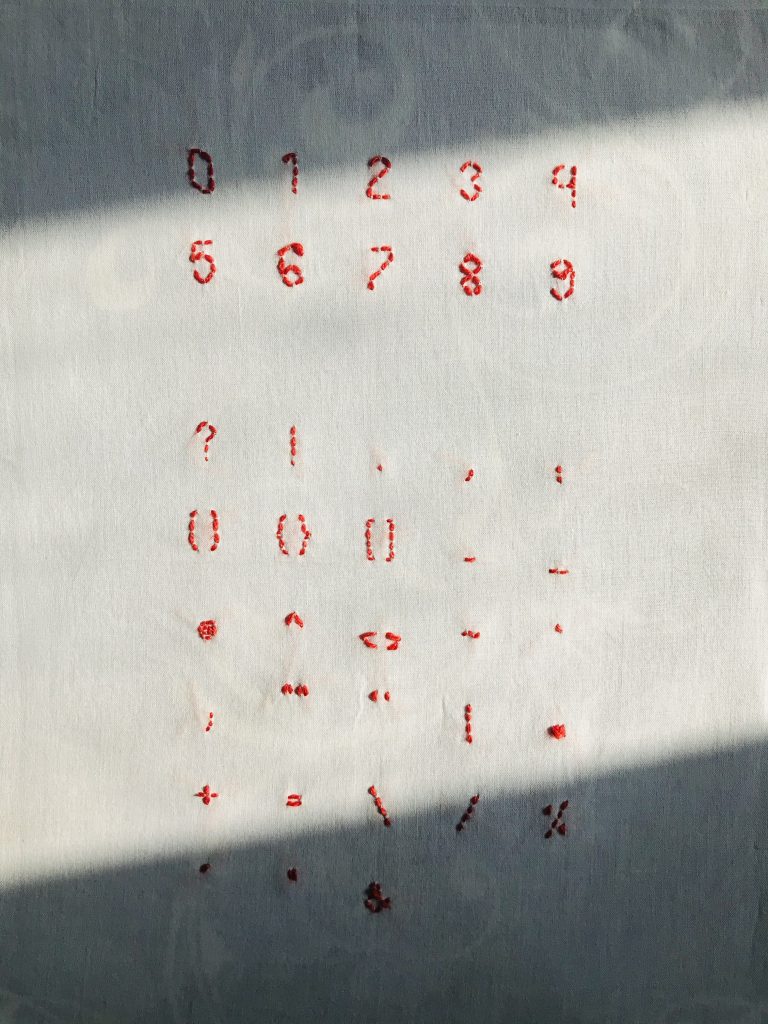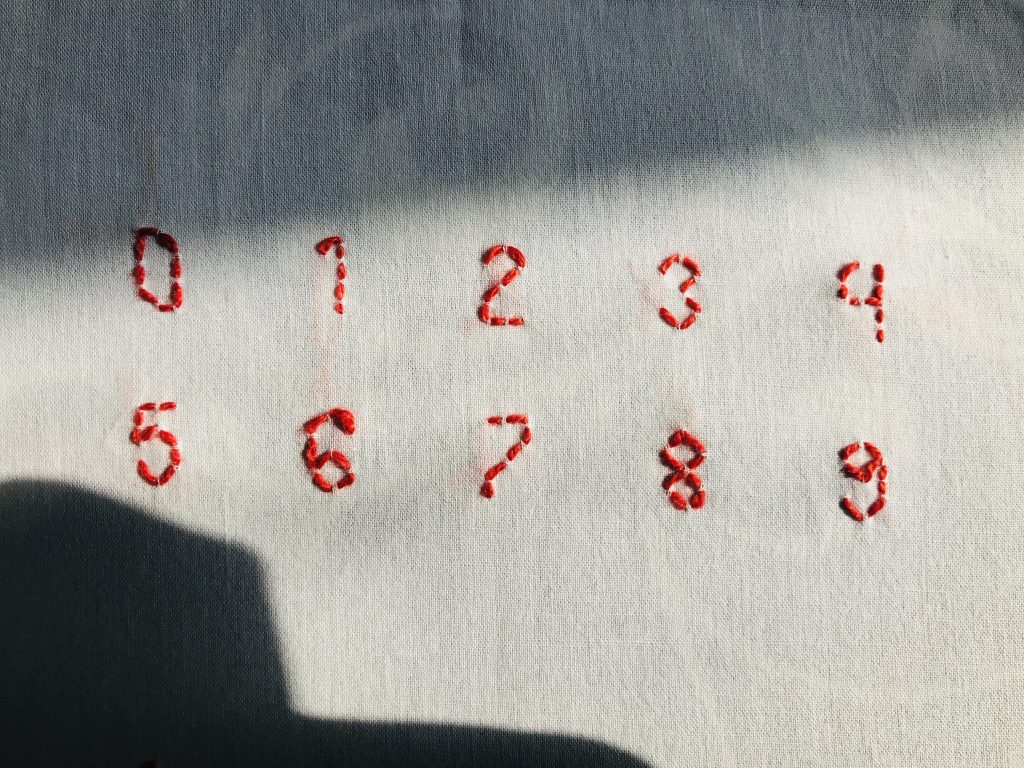TO MY FUTURE SELF…
Dear Meghna,
What a weird, weird year. The Plague happend. You quit your job. You started university again. You moved about 3 times. So many, many, many zoom calls. And you’re going to move, again. You’re probably in Vancouver by now and I hope you are doing great. When you started out your actions, you definitely had no idea what you were doing. Action 1 was great as it helped you to introduce yourself. You were introducing your present and past environment to everyone. By showing Kimia around your neighbourhood, you were able to look at your neighbourhood in a new light as you became a tour guide designing their experience. From this experience, the lesson learnt is to involve other people in your process. They may offer a completely different perspective that could take your work in new directions. You witnessed this in Action 4 as well. After the peer review, your classmate’s thoughts influenced your making of the newspaper plate. Essentially, what I am saying is continue to have peer reviews.
Action 3 had some pivotal moments. There were elements of generative design with the survey posters and critical design by challenging helvetica. Don’t be too hard on yourself. In Action 4, you were looking at the specific and looking broader. Contextual inquiry, critical design and cultural probes were definitely involved. You definitely shied away from nature as it is an uncomfortable space for you and went to a space more familiar but later in the action, you were inspired by nature. I would sincerely urge you rethink your relationship with nature. You also had a personal history with work that made it all the more compelling to you. You were also breaking down certain practices such as the vada pav stall, the elements of a vada pav and its packaging. Continue breaking things down so you observe how the individual parts work in the context of the whole. This is what led you to your making.
In Action 5, you were again approaching certain systems and practices through a critical lens. There seems to be a theme of critique so far. During your peer review, someone commented that your work was like a protest. Protest is a type of critique so it’s an apt descriptor. Critiquing border systems, your own name and your perceptions of nature. Action 5 was another uncomfortable area for you. You were in an unfamiliar environment using a fairly unfamiliar medium and I do believe that showed in the video sketches. Just a word of advice, when you hit unfamiliar territory, try to revel in that unfamiliarity. These could be new exciting spaces for you to work in. Who knows but it’s great to just explore without expecting perfection. Perfection is the enemy of exploration.
For Action 6, you were quarantined so you didn’t make anything but you had time to think. This is where you took stock of your not new but still unfamiliar surroundings in Saudi Arabia. This is what led to your exploration for action 7 + 8. A lesson learnt from this action is to take personal inventory, You may stumble upon something that you wouldn’t have noticed otherwise. From action 7 onwards, you had two lines of inquiry; one relating to borders and passports and another to nature. You were dealing with your personal relationship with passports and your ancestral relationship with borders. This is again a mode of critical design as you were questioning the underlying systems of these spaces and artefacts.
You also use the method of interview to gain information and directed storytelling in your making. Though the making was ultimately dissatisfying for this action, I think storytelling should be a part of your process. You were never good at telling stories but showing the story is your strong suit. Your experiments with sun and frozen paint were fun. You also gave it a fancy name, ~ ecological experimentation ~. There was no serious inquiry behind this. You were just seeing what would happen so this is a reminder to have fun in your practice. Keeps you sane. For action 8, you made paper. There was material exploration involved here. This was an interesting process and I hope you keep making paper.
For action 9 + 10, you revisited your making in action 7. The trouble you had with that action was how were you going to tell your great grandparent’s story? By action 9, you realised this was not your story to tell. You did not personally know your great grandparents but people like your aunts and parent do. Sometimes, as designers, maybe we should probably step back and ask ourselves, “Who gets to tell these stories?” It was inquiry through some level of design ethnography. This also led you to an interesting inquiry regarding using craft + communication design to tell a story. Till now, you have seen little example of craft + communication design though that would probably change by the time you’re seeing this. I hope you continue this line of inquiry. Action 11 was a visual summary of your previous actions. “Hieroglyphs” were used to tell the story of your actions. It was essentially a form of storyboarding that was interpretive. Throughout all your actions, there was a story you wanted to tell through your making. If there is any advice I would give, it’s to tell the story you want to tell.
Just a few more words of advice. Please walk. Don’t just sit. You’ve never been able to think well while sitting. Pacing helps you think. There’s probably some science behind this. Don’t procrastinate. Just don’t do it though you did procrastinate this letter. Please be more patient with yourself and others. The impatience is something that has increased incrementally throughout the years. Slow down, friend. Be kind to yourself. This time is for you. I have given you enough gyan. I am sure you’re doing well for yourself; you always have. This was a hard year for you and for everyone but you got through it. You’re going to hate that I posted this letter publicly but I hope if anybody else reads this, it helps them too.
If I had to end this letter in any way, I must quote Rumi as I know how you love his words to the point of tears.
“What you seek is seeking you.”
Rumi
You should verify if this is really his quote though.
Yours,
Meghna
